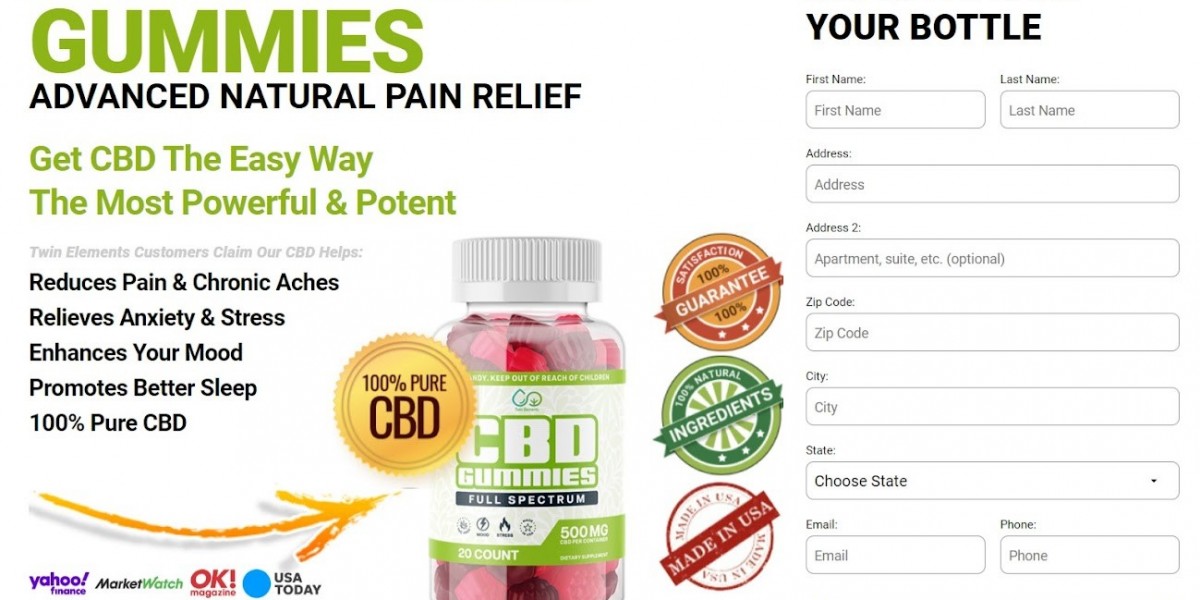In the fast-evolving digital landscape, businesses face the constant challenge of attracting and retaining customers. A demand generation strategy bridges the gap by creating awareness, building interest, and driving traffic to your website.
Here’s how to craft a strategy that not only attracts potential customers but also keeps them engaged.
Understanding Demand Generation
Demand generation refers to creating a unified, data-driven marketing approach that sparks interest and drives engagement across multiple touchpoints. Unlike traditional marketing, demand generation focuses on creating sustainable interest and nurturing prospects throughout their buyer journey.
Steps to Create a Demand Generation Strategy
1. Identify Your Target Audience
Your demand generation efforts begin with knowing who you are targeting. Build detailed profiles of your ideal customers by analyzing their behaviors, preferences, and pain points.
Actionable Insight: Use CRM tools to gather data and segment your audience for personalized messaging.
2. Create Educational and Engaging Content
Content marketing is the backbone of demand generation. From blogs and guides to webinars and podcasts, your content should educate, inform, and build trust with your audience.
Content Examples:
· Blog posts that address industry challenges.
· Tutorials showcasing how to use your product.
· Infographics that simplify complex ideas.
SEO Tip: Use search-friendly terms like “demand generation tips” and “marketing strategies for growth” to boost visibility.
3. Use Paid Advertising to Amplify Reach
Paid ads can help you reach a broader audience quickly. Platforms like Google Ads and social media networks allow precise targeting, ensuring your message gets to the right people.
Best Practices:
· Test different ad creatives and formats.
· Use retargeting to re-engage website visitors.
· Optimize your landing pages to increase conversions.
4. Leverage Marketing Automation Tools
Automation tools help streamline demand generation by handling repetitive tasks like sending emails or scoring leads. Platforms like HubSpot and Marketo enable you to automate workflows while keeping communication personalized.
5. Build Relationships Through Social Proof
People are more likely to trust a brand endorsed by others. Showcase case studies, testimonials, and reviews to build credibility and encourage conversions.
6. Track Performance and Adjust
A demand generation strategy is never static. Use tools like Google Analytics to track the performance of your campaigns. Measure metrics like traffic, lead quality, and conversion rates to refine your efforts.
Key Insight: Adapt your strategy based on performance insights for continuous improvement.
Conclusion
A demand generation strategy is a game-changer for businesses looking to build meaningful customer relationships and drive consistent traffic. By combining data, creativity, and analytics, you can create an impactful strategy that delivers real results.
Ready to get started? Implement these steps and watch your business thrive in the digital era!








